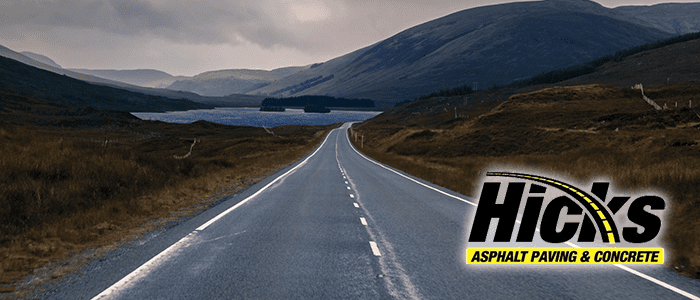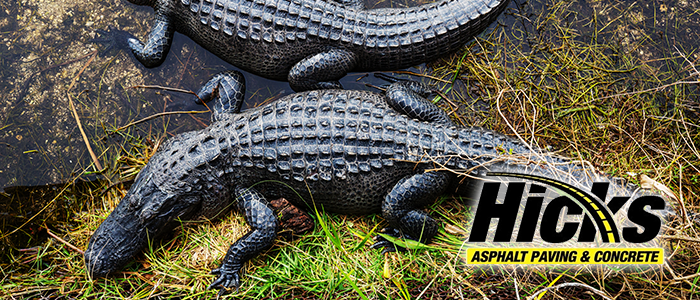Hardscaping is the paved and poured part of landscaping on any given property, commercial or residential. Essentially, it brings the human aspect to the green parts of properties. Read on to learn more about what exactly hardscaping is. Additionally, learn how homeowners can use hardscaping to their advantage.
What Is Hardscaping?
Hardscaping is the part of landscaping that is not comprised of the various trees, plants, and grass. There are a wide variety of hardscaping components.
- Patios, both covered and uncovered
- Decks
- Swimming pools and the areas around them
- Paths for walking, biking, or even golf carts
- Structures such as pergolas, gazebos, and other forms of shelter
- Walls, both aesthetic and functional
- Fences
- Edging of flower beds and other dividers
- Decorative stones, rocks, or statues
All of those elements come in a wide variety of materials.
- Asphalt
- Cement
- Wood
- Tile
- And more
The material component of hardscaping relies heavily on what the hardscaping component is. For example, homeowners traditionally use wood to build a fence, and it can be decorated with tile. However, a fence made of tile is impractical, if not impossible.
Asphalt and Cement Hardscaping
Asphalt and cement are solid options for hardscaping elements such as pathways, covered patios or porches, and bases for structures. The main advantage of asphalt and cement is the reasonable pricing. They are generally the cheapest of the possible hardscaping materials and lasts for a very long time.
Pros
Asphalt and cement are also extremely durable. If you seal the material every couple of years and care for it properly, an asphalt or cement patio can last you up to 30 years. This durability is especially useful for homes that have children or animals.
In addition to being durable, asphalt and cement are low maintenance and easy to clean. A strong hose can remove most dirt. A quick sweep using a stiff broom will remove the rest of the debris from the surface.
Traditional aesthetic choices, such as tile or brick, chip or acquire damage easily. Those materials show wear and tear easily. So what options do homeowners have to get function and beauty? The answer is simple: stamped asphalt. Stamped asphalt can have patterns, shapes, even logos and words. Stamped asphalt can also be painted to look like a different type of stone or material.
Cons
The major drawback to asphalt and cement is that the materials get very hot, particularly in the Florida sun. So for an area like a pool deck, it would be a poor choice. However, this is not a major deal for paths, because people will have shoes on. Covered patios and porches also work because they are not exposed to the sun, so the material never has the chance to overheat.
Another issue is that the edges of asphalt have a tendency to crumble and deteriorate. There is a fairly easy solution to this problem though. Homeowners just need to have concrete edging poured, or brick edging installed before the asphalt. The edging prevents the asphalt from chipping or falling apart at the edges.





